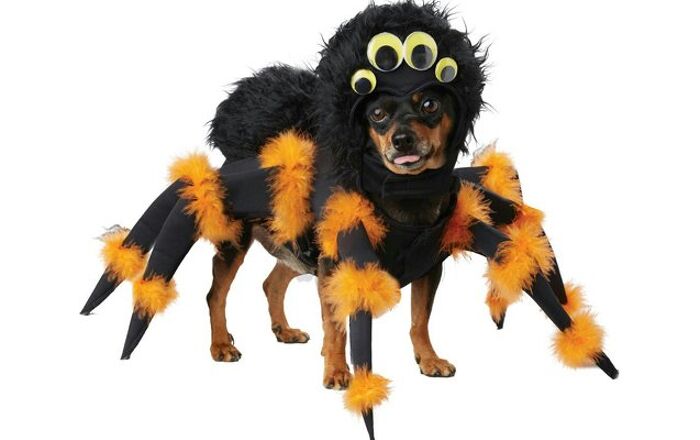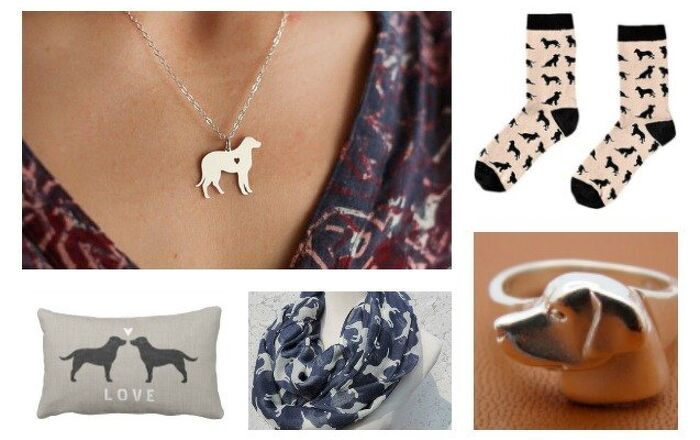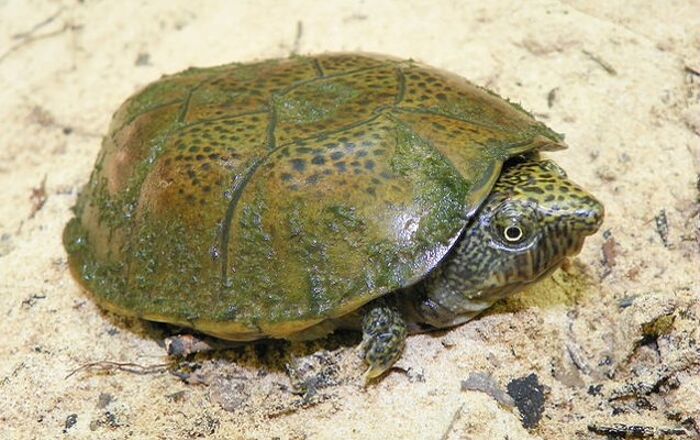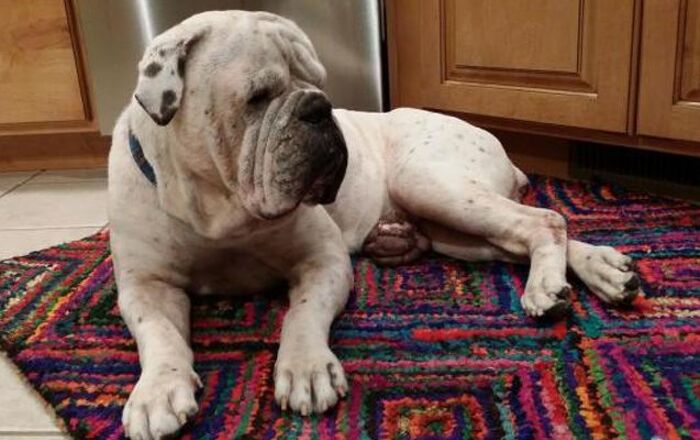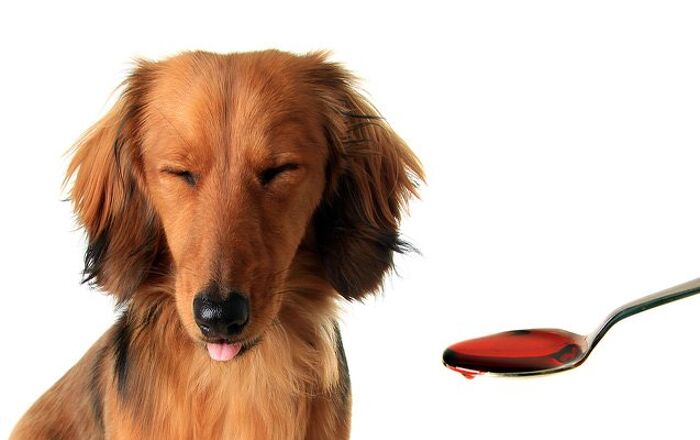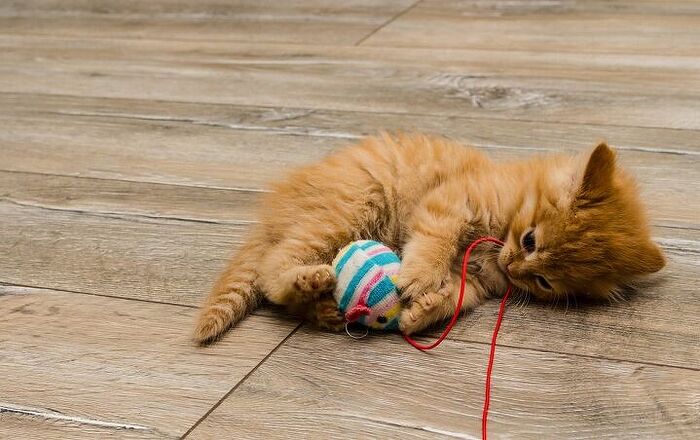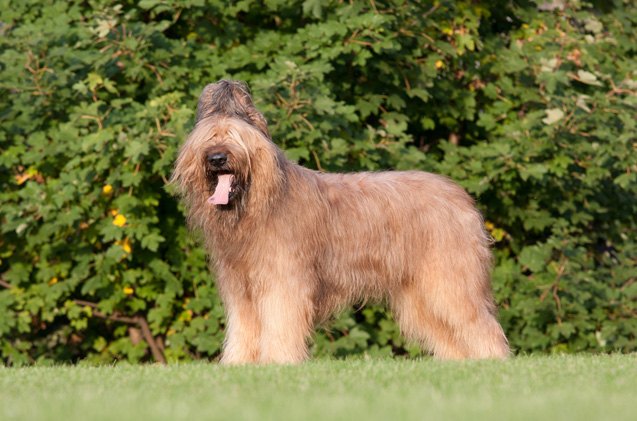
Briard Basics
Centuries old and beloved by the French since the Middle Ages, the Briard is busy, active dog that loves to protect his flock. And if he doesn’t have a flock to protect, he’ll be content watching over your family. Quite happy to move from the farm to a house, this breed is a wonderful companion for people who like to stay active. Also known as the Berger Briard, the Chien Berger de Brie and the Berger de Brie, the Briard is loyal to a fault and will love you with his whole heart, right from the start.
Intelligent and independent, the breed is fearless, especially when it comes to protecting his flock or family. He needs lots of attention and will want constant companionship. Expect your Briard to be brave, watchful, faithful and obedient. Read on to learn more about the Briard.
Centuries old and beloved by the French since the Middle Ages, the Briard is busy, active dog that loves to protect his flock.
Origin
Originating in France, the Briard has been around since at least the 14th century. In fact, this breed has been depicted in 8th-century tapestries and mentioned in records of the 12th century. This dog was bred to watch over farmer’s flocks and to chase away poachers and wolves. After the French Revolution, this dog was used for keeping sheep within unfenced pastures and guarding property. It’s interesting to note that the only Briards kept by shepherds were the cream of the crop – they had to be super smart and look sharp. Later on, during World War 1, Briards were used as sentries and on watches because of their acute hearing, and were the official dog of the French army.
Pedigree
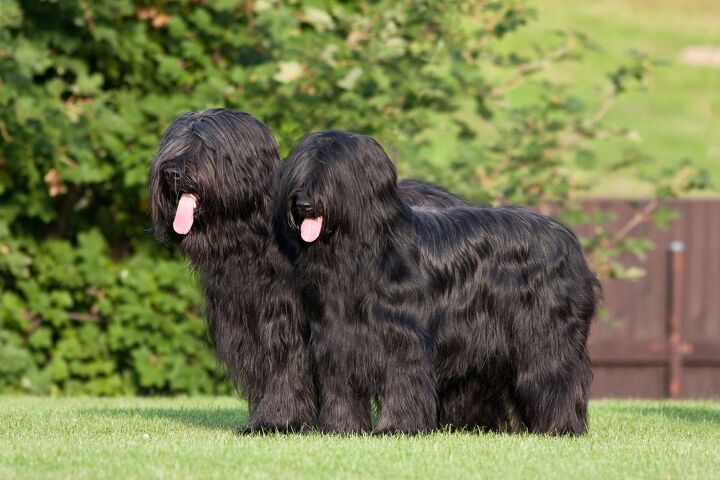
Because this breed is quite old, it’s difficult to know what its ancestors are. It is known that in the 1800s, the Briard was cross-bred with the Beauceron and the Barbet to standardize its look.
Food / Diet
The Briard is a highly active, deep-chested dog. This means you not only have to give your dog enough food, but also break up feeding times in order to prevent bloat. You should never free feed a Briard for this reason. Feed multiple smaller daily meals, rather than one larger single feeding. A high-quality dry dog kibble that has meat and fruits included is a smart choice. Stay away from foods that contain a large portion of grain and gluten.
The Briard is always up to learn a new trick or task.
Training
The Briard is always up to learn a new trick or task. If you’re taking on training, be gentle, as these dogs are known to be sensitive. If you are harsh, he won’t soon forget and will be hesitant with you. Establish your leadership as early as possible, as a Briard will become dominant and take on the pack leader role. Training can go on for longer periods of time – he loves to work and boasts plenty of versatility, trainability and endurance.
Weight
The Briard stands 22 to 27 inches tall and can weigh anywhere from 50 to 100 pounds.
Temperament / Behavior
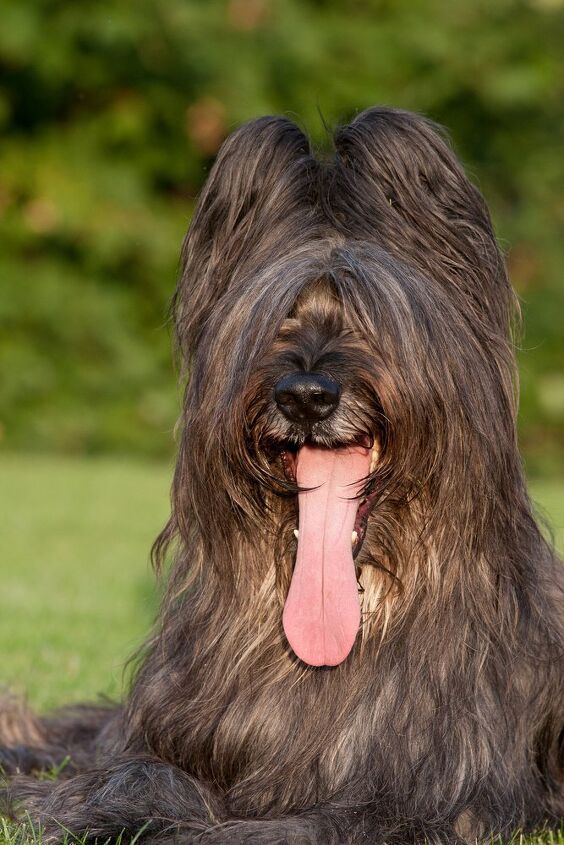
They can be clowns or be serious, but the one thing in common that all Briards have is they want to please you. Known to have hearts of gold that are wrapped in fur, the Briard makes a perfect family pet for those who like to keep active. If they don’t get enough exercise, this breed can become destructive. To keep your home and garden in one piece, you’ll need to be committed to daily activity.
Even though he will be generous with his affection with the family, your Briard may be wary of strangers. You can thank their flock-protecting instinct for that. This makes him an excellent watchdog. To keep him from becoming aggressive with strangers, you should start socialization from an early age and keep up this practice throughout his lifetime.
The Briard will get along with most pets, but can often be aggressive with other dogs. If you already have pets in your house when you bring your Briard puppy home, you should be fine, be avoid adding new animals into the mix once he has been established in the household.
Common Health Problems
With such a large breed, you can expect hip dysplasia and bloat to be an issue with the Briard. As well, they may also suffer from cataracts, central progressive retinal atrophy, congenital stationary night blindness, hereditary retinal dystrophy of Briards, hypothyroidism and lymphoma.
Life Expectancy
The Briard has an average lifespan of 10 to 12 years.
Exercise Requirements
This is no dog for the lazy. This dog needs plenty of activity to keep him occupied – both physical and mental. Farms make an ideal environment for this breed, where he can herd sheep and protect against predators. If you don’t live on a farm, a large, fenced-in yard is necessary. Children will help tire him out, but playtime should always be supervised as he might herd the kids.
Because they need a large area in which to move around, apartments and condos are not good living quarters for the Briard. They just won’t get the exercise they need in that small amount of space.
They can be clowns or be serious, but the one thing in common that all Briards have is they want to please you.
AKC
The American Kennel Association says this about the breed: “Vigorous and alert, this powerful and agile breed is a native of France. A working animal, the breed’s most common job has been herding, but their acute sense of hearing also makes them an excellent watchdog.” The AKC first recognized this breed in 1928.
Coat
With his long, wavy double coats, the Briard has a shaggy dog appearance. His thick, plush undercoat keeps him warm and dry in cold, wet weather. His outercoat is shiny and coarse, giving it that wavy look. Their coat comes in a variety of colors, and according to breed standards, all solid colors except white are permitted. The most common colors are black, gray and tawny. In general, tawny puppies are born dark red or black, and its coat lightens by the time they are three or four months old. They will continue to lighten to tan or white by the time they are two years old. And when he becomes an adult, his coat can once again change to deep gold or red.
When it comes to grooming, the Briard’s coat is high-maintenance. You’ll need to spend two to three hours per week of brushing his long coat to keep it from matting.
Puppies
Briard puppies can become timid and aggressive if not properly socialized. That’s why you need to start this process young. Introduce your puppy to different people, sights, sounds, and experiences and early as possible. This will help him become well-rounded dog. As well, enrolling your puppy in a puppy kindergarten class is a great idea.
Photo credit: Lenkadan/Shutterstock

